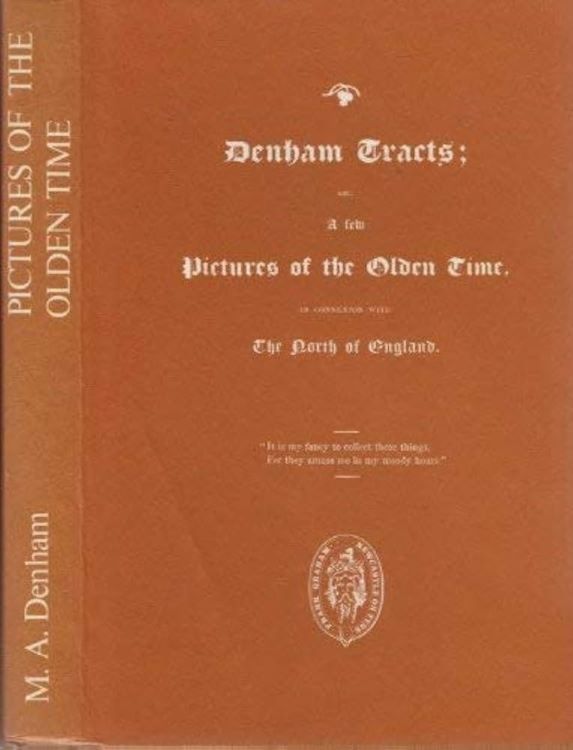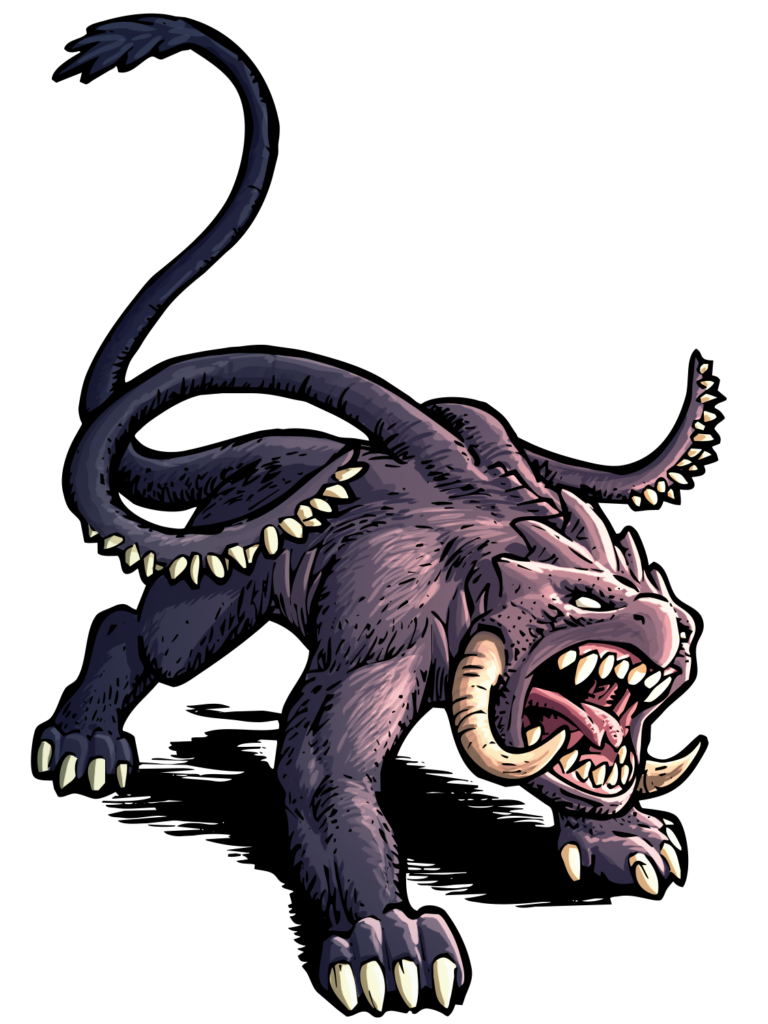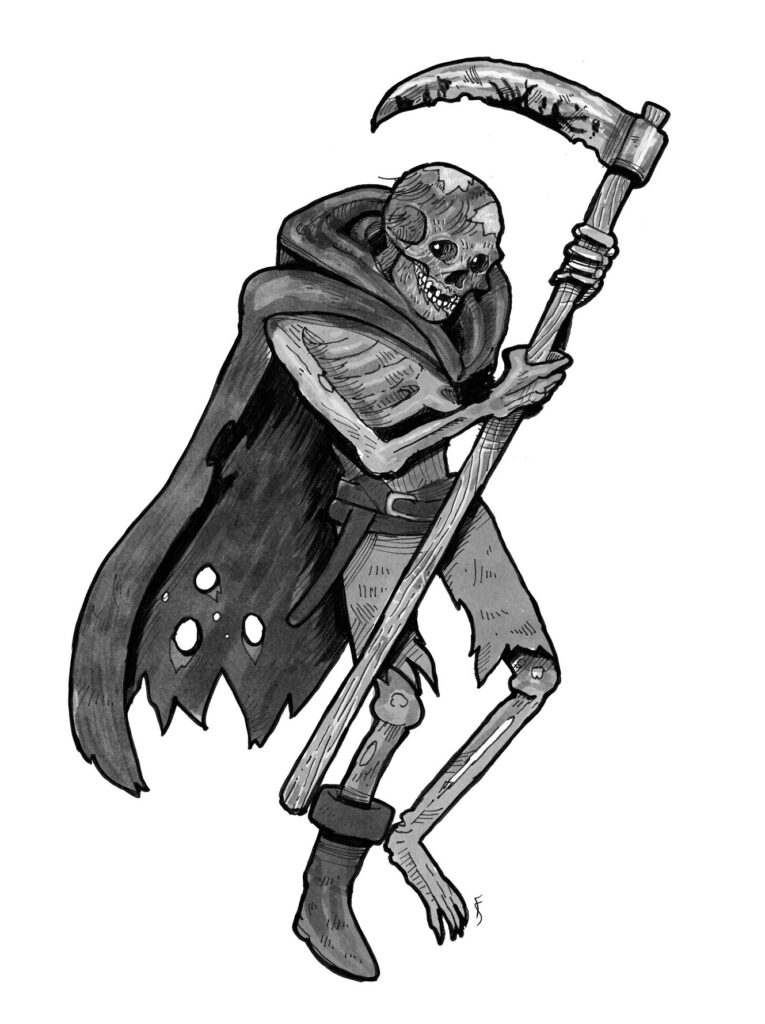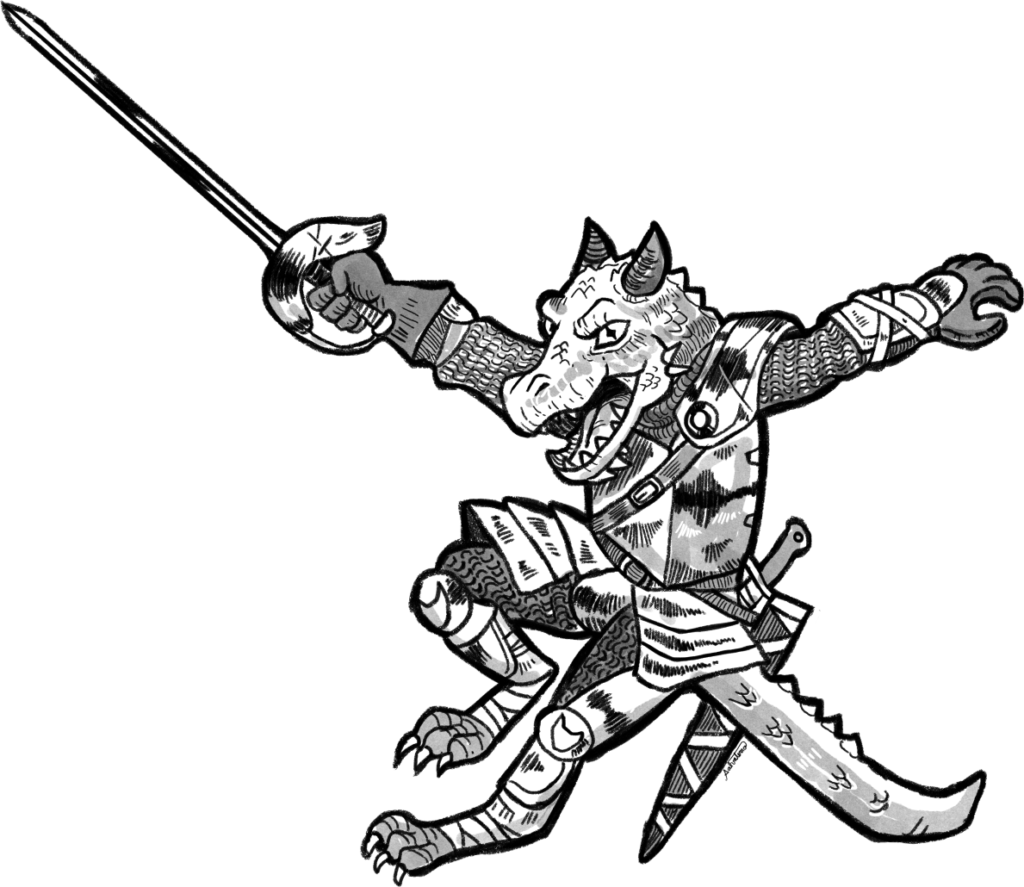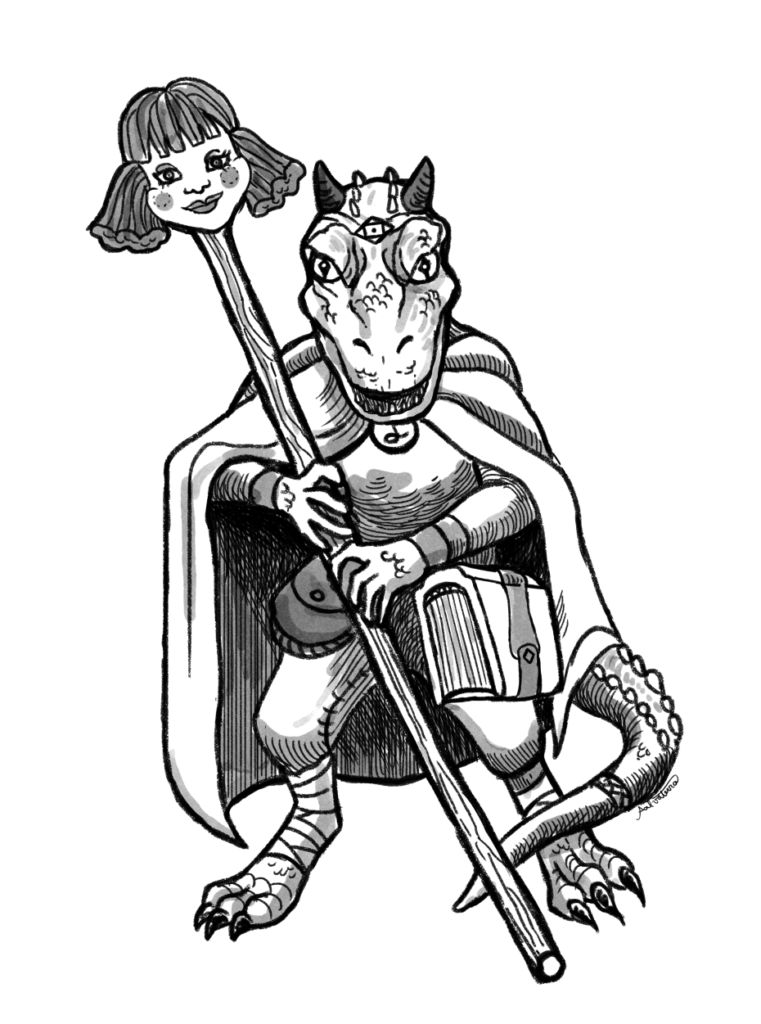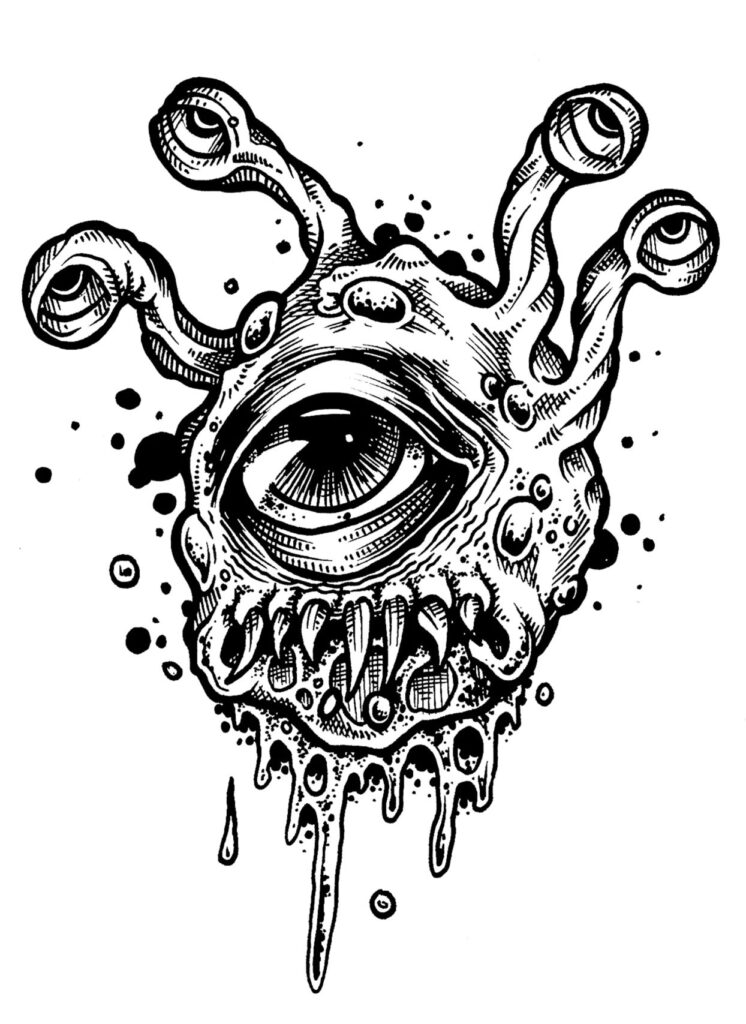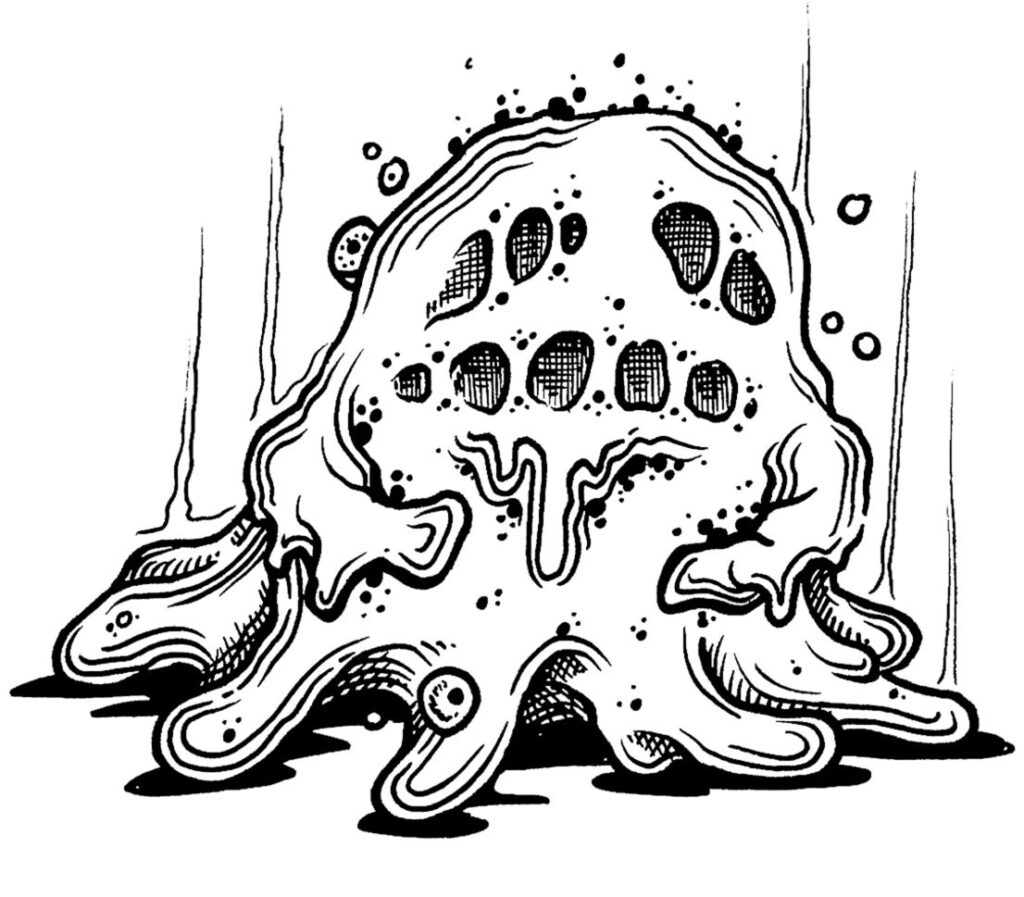The Denham Tracts, Folklore, & ShadowDark
Speaking of ShadowDark (which I did a bit last post), I’ve started working on a new Spes Magna Games project, the first one in quite awhile, that combines my fondness for folklore and my occasional mania for making monsters.
The Denham Tracts are a collection of mid-nineteenth century English pamphlets collected into a single publication by Michael A. Denham. The pamphlets deal with history, poems, proverbs, sayings, slogans, and stories. This collection is most perhaps most famous for its list of creatures popular in folklore, a list that some allege is from where J. R. R. Tolkien took the word “hobbit”.
It is this list of creatures that is the subject of my new Spes Magna Games project. I’m not making a monster for every creature on the list. There is some repetition as it lists the same creature under different names. That said, ignoring repetition, The Denham Tracts provides plenty of inspiration.
For example:
Black Dogs
Black dogs are not truly canines, although they often resemble man’s best friends. A black dog is a supernatural creature, one that possesses uncanny powers and often appears as a harbinger of some terrible, impending fate. All black dogs have a dangerous howl as well as these two traits:
Impervious. While incorporeal, only damaged by silver or magical sources.
Incorporeal. In place of attacks, become corporeal or incorporeal. While incorporeal, ADV on WIS checks to track living creatures.
Gallytrot
A large dog with shaggy fur white like fresh snow, its outline indistinct, hazy, as if the creature fades from canine to fog. Its eyes are featureless, dull blue orbs.
The gallytrot preys on cowards. Its howl sounds like a cacophony of screeching cats and angry hornets.
AC 14, HP 26, ATK 1 bite +3 (1d6), MV double near, S +2, D +2, C +2, I -1, W +1, Ch -1, AL N, LV 4
Howl. Living creatures within near must make a DC 12 CHA check on turn or become scared for 1d4 rounds. While scared, suffer a -2 penalty on attack rolls and checks. If a scared creature is attacked, on its next turn it must only move away from its attacker.
